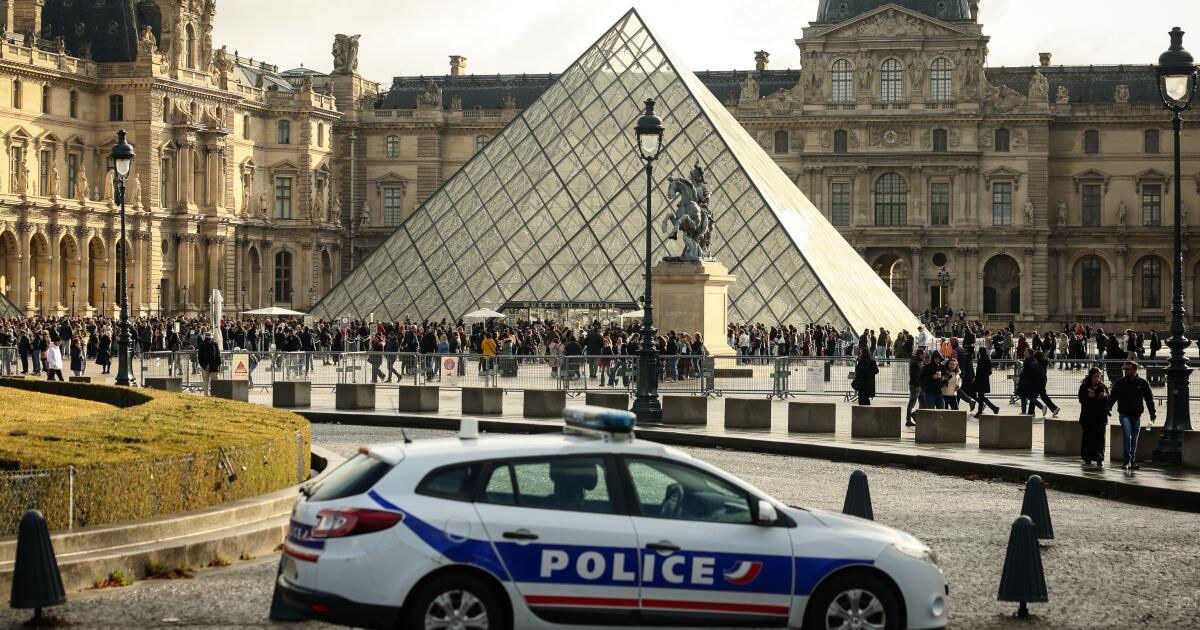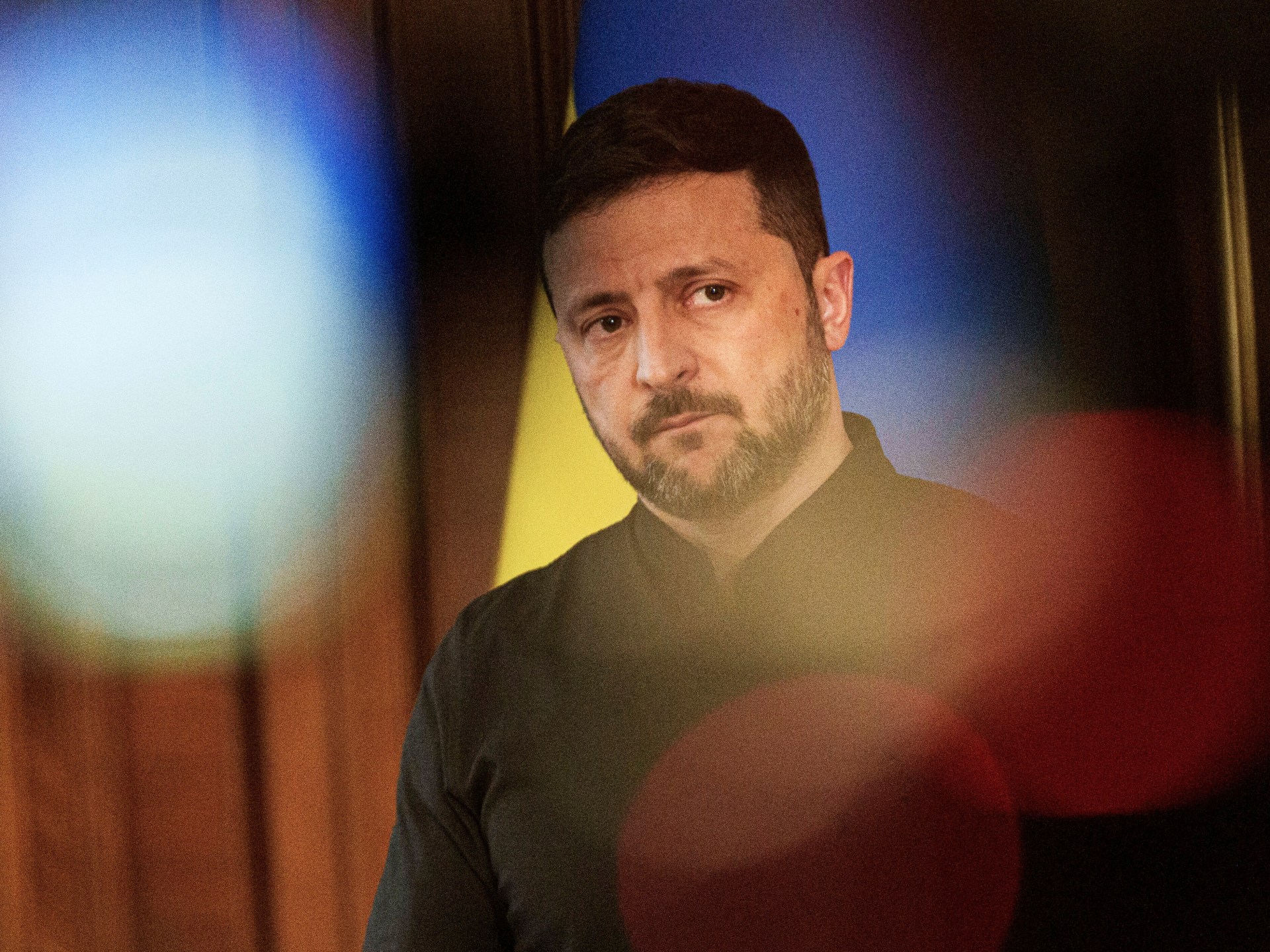Ukrainian drones struck multiple military airbases deep inside Russia on Sunday in a major operation a day before the neighbours held peace talks in Istanbul.
The Russian Defence Ministry said Ukraine had launched drone strikes targeting Russian military airfields across five regions, causing several aircraft to catch fire.
The attacks occurred in the Murmansk, Irkutsk, Ivanovo, Ryazan, and Amur regions. Air defences repelled the assaults in all but two regions – Murmansk and Irkutsk, the ministry said.
“In the Murmansk and Irkutsk regions, the launch of FPV drones from an area in close proximity to airfields resulted in several aircraft catching fire,” the Defence Ministry said. FPV drones are unmanned aerial vehicles with cameras on the front that relay live footage to operators, who in turn use those visuals to direct the drones.
The fires were extinguished, and no casualties were reported. Some individuals involved in the attacks had been detained, the Russian Defence Ministry said.
On Sunday night, Ukraine’s President Volodymyr Zelenskyy praised the “absolutely brilliant” Ukrainian drone attack on the Telegram messaging app.
But the Sunday attacks were only the latest in a series of audacious hits on Russian military facilities, territory and symbols of power over the past three years of war — often acknowledged by Kyiv, and in some cases widely believed to have been carried out by Ukrainian special forces.
What happened on June 1?
Zelenskyy said 117 drones had been used to attack the Russian bases on Sunday. “Russia has had very tangible losses, and justifiably so,” he said.
The Security Service of Ukraine (SBU) said that it had hit Russian military planes worth a combined $7bn in a wave of drone strikes on Russian air bases thousands of kilometres behind the front line.
Targets included the Belaya airbase in Irkutsk, about 4,300km (2,670 miles) from the Ukrainian border, and the Olenya airbase in south Murmansk, some 1,800km (1,120 miles) from Ukraine.
Earlier on Sunday, multiple local media reports in Ukraine claimed that the operation was carried out by the SBU using drones smuggled deep into Russia and hidden inside trucks.
At least 41 Russian heavy bombers at four airbases were hit, the reports said. The strikes reportedly hit Tu-95 and Tu-22 strategic bombers, which Russia uses to fire long-range missiles at Ukrainian cities.
Russia is yet to confirm the extent of the damage, but the attack could mark Ukraine’s most damaging drone strike of the war to date.
Al Jazeera’s John Hendren, reporting from Kyiv, said it’s “an audacious strike, one that Ukraine has been waiting a long time and patiently to deliver, and it’s come after Russian air strikes into Ukraine have dramatically accelerated over the past couple of weeks”.
What’s the backdrop?
Both Russia and Ukraine have sharply ramped up their drone attacks against the other side in recent days.
Russia launched more than 900 kamikaze drones and 92 missiles last week, killing at least 16 civilians. Those attacks followed days of Ukrainian strikes on Russian military infrastructure in Russia’s Tula, Alabuga and Tatarstan regions, in which Kyiv used at least 800 drones.
Meanwhile, Ukraine sent a delegation to Istanbul led by its Defence Minister Rustem Umerov for talks on Monday with Russian officials. A previous round of talks, on May 16, led to a deal under which Ukraine and Russia exchanged 1,000 prisoners of war each. Monday’s talks led to an agreement on another prisoner swap.
Zelenskyy, who has previously voiced scepticism about Russia’s seriousness about peace talks, said that the Ukrainian delegation would enter the meeting in Istanbul with specific priorities, including “a complete and unconditional ceasefire” and the return of prisoners and abducted children.
Russia has said it has formulated its own peace terms and ruled out a Turkish proposal for the meeting to be held at the leaders’ level.
Monday’s meeting in Turkiye was spurred by US President Donald Trump’s push for a quick deal to end the three-year war. But the meeting did not lead to any major breakthrough.
Trump, who has increasingly demonstrated frustration with the lack of progress towards a ceasefire, recently vented his frustration at Russian President Vladimir Putin.
“Something has happened to him,” Trump wrote on his social media platform on May 25, referring to Putin. “He has gone absolutely CRAZY!”
Trump told reporters, “We’re in the middle of talking and he’s shooting rockets into Kyiv and other cities.”
The US president is yet to react to Sunday’s Ukrainian attacks on Russian airbases.
The strikes are the latest in a series of stunning, headline-grabbing attacks that Russia has periodically suffered since it launched the full-fledged invasion of Ukraine in February 2022.
Crimea Bridge attacks, 2022 and 2023
In May 2018, four years after Russia annexed the Crimean Peninsula, Putin drove a truck across a newly built bridge connecting the Russian mainland to the peninsula, enraging Ukrainians.
Ukraine would take its revenge, first in 2022 and then again in 2023.
In October 2022, a truck explosion that Russia blamed on Ukraine blew up a part of the bridge. Russia repaired the damage, and Putin tried to revive the symbolism of 2018, again driving across it, this time in a Mercedes.
But Ukraine would strike again. In July 2023, the bridge that serves as a crucial supply route for Russian forces in Ukraine was blown up. Russia’s National Antiterrorism Committee said the strike was carried out by two Ukrainian sea drones. Officials said two people were killed and a child was wounded.
Black Sea Fleet attacks, 2023
In September 2023, Ukraine launched a series of attacks on occupied Crimea, using drones and missiles to target key facilities of Russia’s Black Sea Fleet near Sevastopol.
Satellite images showed that the first attack destroyed half of the Black Sea Fleet’s communications command centre in Verkhnosadove.
Ukraine followed up on that attack with a strike against the Saky airfield in Crimea, which was hosting 12 Russian combat aircraft, including Su-24 and Su-30 fighter-bombers, according to the Ukrainian broadcaster Suspilne.
Then came the most devastating of the attacks, on September 22.
Ukraine hit the Black Sea Fleet command headquarters and claimed to have killed 34 officers, including fleet commander Admiral Viktor Sokolov. A further 105 soldiers were reportedly wounded.
Kremlin attack, 2023
In the dead of night in early May 2023, the ultimate symbol of Russian power for centuries — the Kremlin — came under attack, as flashes of light from small explosions over the red building’s citadel were seen in images and grainy video around the world.
Moscow said that two Ukrainian drones had been used in the attack on Putin’s residence, but had been disabled by electronic defences.
“We regard these actions as a planned terrorist act and an attempt on the president’s life, carried out on the eve of Victory Day, the May 9 Parade, at which the presence of foreign guests is also planned,” the Kremlin said in a statement.
Zelenskyy denied that his country had attacked the Russian capital or its president.
“We don’t attack Putin, or Moscow, we fight on our territory,” Zelenskyy told a news conference in Helsinki, Finland. But independent analysts, including from Western nations that are Ukrainian allies, believe Ukrainian special forces were behind the drone attacks on the Kremlin.
And a year later, Ukraine would blur the line between its territory and Russian land in the escalating war between the neighbours.
Kursk invasion, 2024 and 2025
Ukrainian forces launched a surprise attack on the Kursk region on August 6, 2024, taking Moscow by surprise. Russia began evacuating the neighbouring Belgorod region as the country’s forces were forced to confront Ukraine’s offensive in Western Russia.
At the height of the incursion, Ukrainian forces claimed nearly 1,400 square kilometres (540 square miles) of Kursk — roughly twice the size of Singapore.
By the start of 2025, Russia had most of the territory it lost in Kursk before Ukraine launched a second wave of attacks in January.
However, Kyiv suffered a major setback earlier this year after Trump temporarily cut off all military and intelligence assistance. By early March, Russia had recaptured most of the territory.



